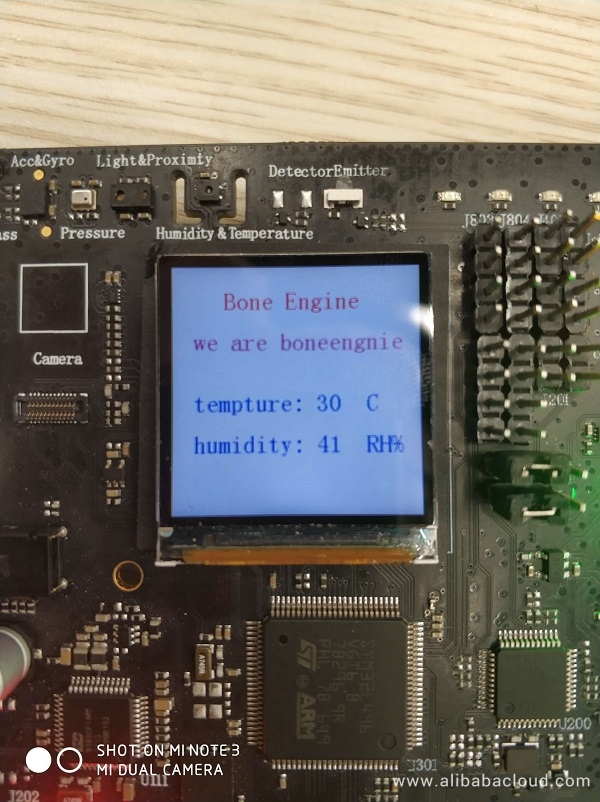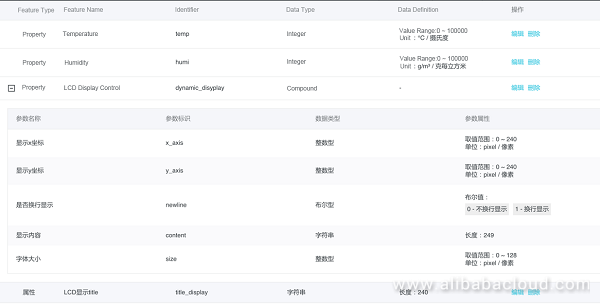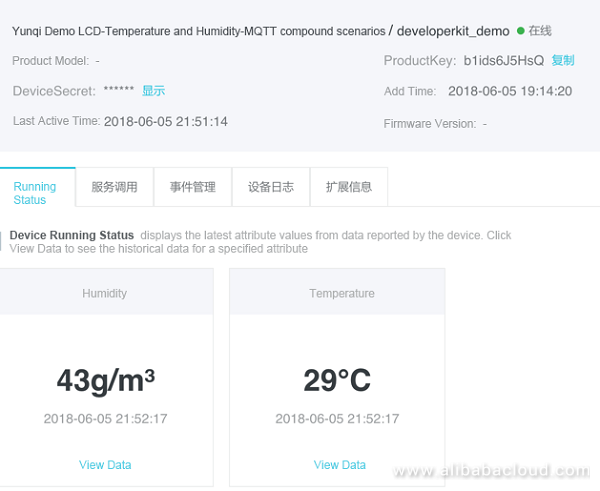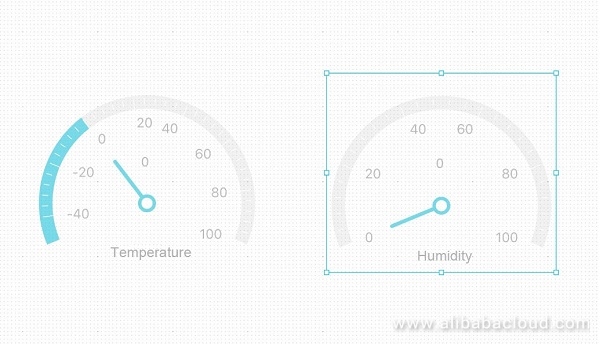This article provides briefly explains how embedded software developers can build an Internet of Things (IoT) network using JavaScript on Alibaba Cloud's IoT platform. This tutorial is ideal for developers with front-end experience, who typically prefer JavaScript over C and Java.
This example uses Developer Kit (with AliOS Things ported) as the development hardware to implement data uploading from a board-mounted temperature sensor to Link Develop, and uses Web App for demonstration.

AliOS Things is an IoT-oriented and highly scalable IoT operating system under developed by Alibaba Cloud's IoT team. To meet front-end developers' requirements, AliOS Things integrates BoneEngine, a Java engine that supports JavaScript for IoT development, which was previously only implemented in C and C++. Meanwhile, BoneEngine simplifies the syntax, allowing embedded devices with limited resources to run JavaScript applications as well.
You need to configure the environment before you use BoneEngine to perform device-side development. The configuration steps are shown as follows:
npm i be-cli -g -P. If you are still prompted that the command cannot be found even when you run be after the preceding global installation is done, run the npm prefix -g command to get the module installation path of Node.js, and then simply add the global installation path in the output to the "Path" entry of the environment variable.git clone git@github.com:alibaba/AliOS-Things.git.Now that the environment is configured, we are ready to begin development.
We will be using Link Develop to set up our IoT network on Alibaba Cloud. Choose Create Project (you may name it as you want) > Device Development > Add Product. Select Other for the product type, select WiFi for the communication method, and select Alink for the data format.
Select Add Custom Features in Product Details and add the following features:

Choose Device Development > Add Debugging Devices, and take note of the device triplets.
Open the source code directory of AliOS Things in a compiler, open the AliOS-Things/framework/tinyengine/samples/app/lcd_shtc1_mqtt/device.js file, and change Three Device Elements to Device Triplets that you obtained before. Save your changes.
Use the terminal to compile the sample application: be -p samples/app/lcd_shtc1_mqtt.
Connect Developer Kit to a computer and run be connnect.
Burn the compiled bin file to the device: be push app.bin
Restart the device. After restarting, the device automatically loads and runs this file, and simultaneously uploads it to the Link Develop platform.

To help you get started quickly, here we use the visual creation feature of Web App integrated in the new version of Link Develop. All we need to do is drag the components of the hygrothermograph and connect to your data.

For experienced front-end developers, you should try using the Bone.js framework to perform hard core programing functionality. Again, it can be implemented using only JavaScript: https://bone.aliyun.com/bone-web/bonewebsdk.html?name=wpgl7p.
The mix of AliOS Things TinyEngine and Link Develop Bone.js allows front-end developers to quickly and seamlessly get started with IoT development, without having to learn other programing languages. This also represents the compatibility and originality of the Alibaba Cloud IoT Platform.
To learn more about Alibaba Cloud IoT Platform, visit www.alibabacloud.com/product/iot
Alibaba Clouder - August 20, 2020
Alibaba Clouder - August 6, 2019
Alibaba Clouder - November 10, 2020
Alibaba Clouder - May 27, 2017
GXIC - February 27, 2019
GeekHouse - October 19, 2018
 IoT Platform
IoT Platform
Provides secure and reliable communication between devices and the IoT Platform which allows you to manage a large number of devices on a single IoT Platform.
Learn More IoT Solution
IoT Solution
A cloud solution for smart technology providers to quickly build stable, cost-efficient, and reliable ubiquitous platforms
Learn More Accelerated Global Networking Solution for Distance Learning
Accelerated Global Networking Solution for Distance Learning
Alibaba Cloud offers an accelerated global networking solution that makes distance learning just the same as in-class teaching.
Learn More Global Internet Access Solution
Global Internet Access Solution
Migrate your Internet Data Center’s (IDC) Internet gateway to the cloud securely through Alibaba Cloud’s high-quality Internet bandwidth and premium Mainland China route.
Learn MoreMore Posts by GXIC